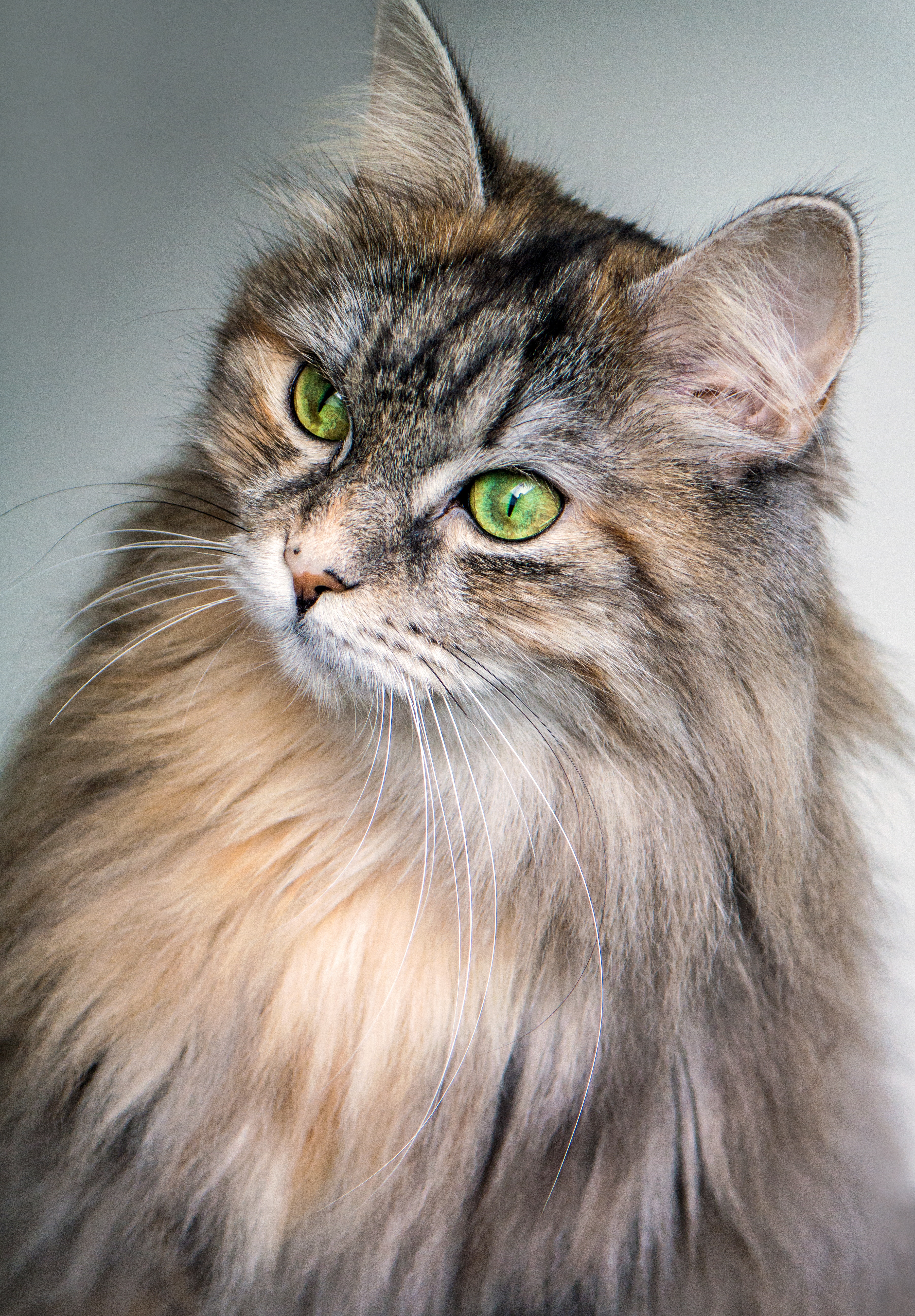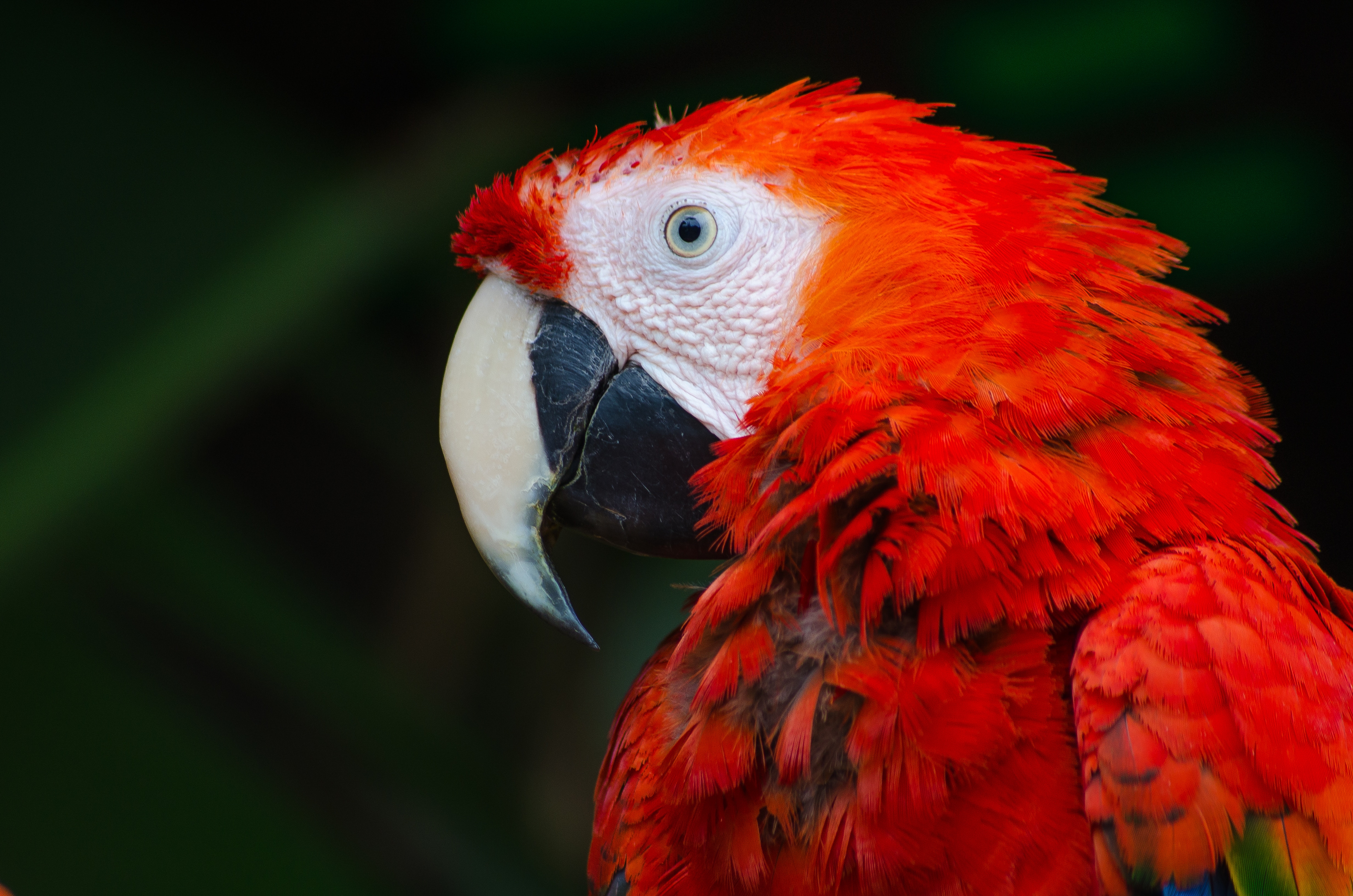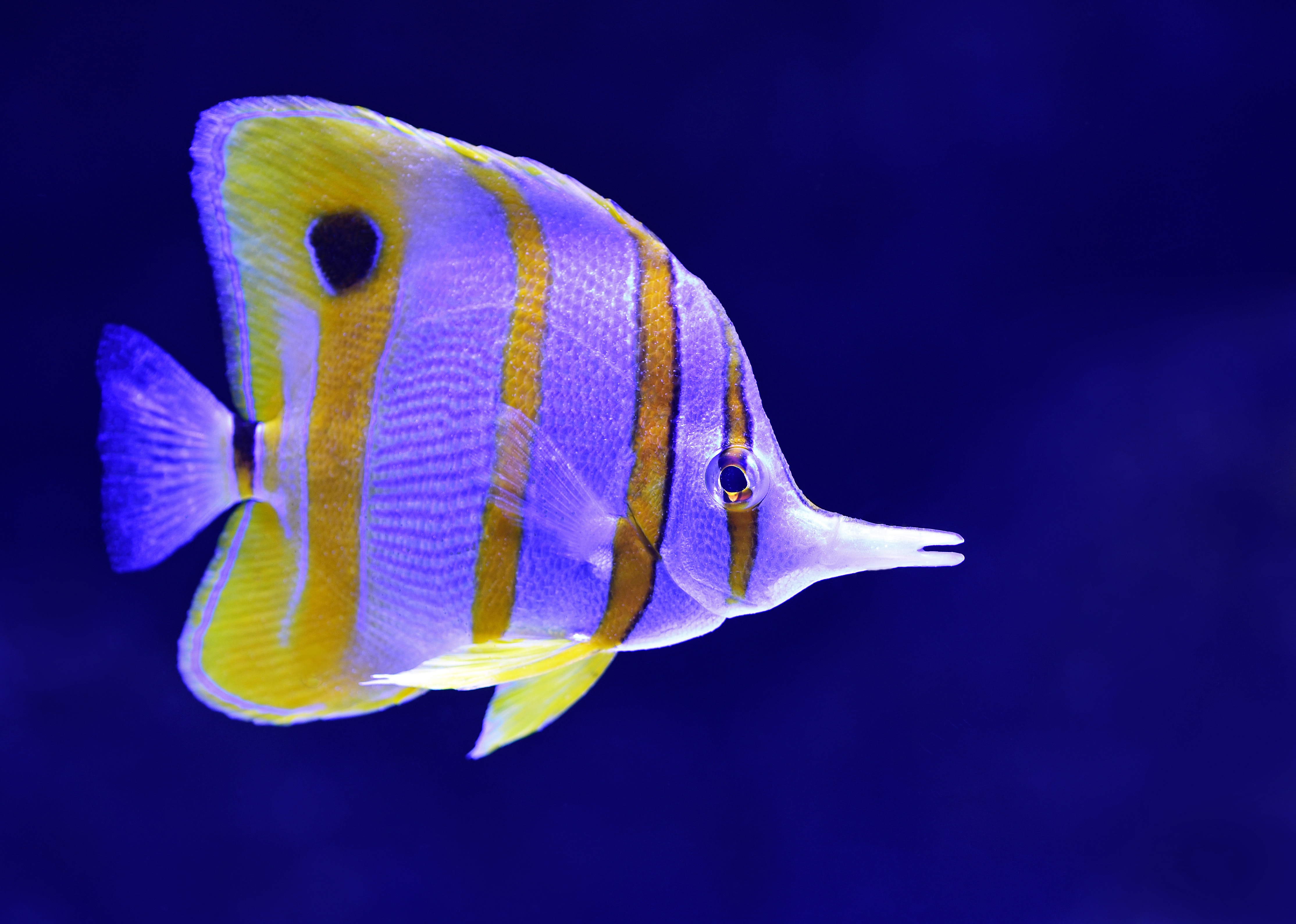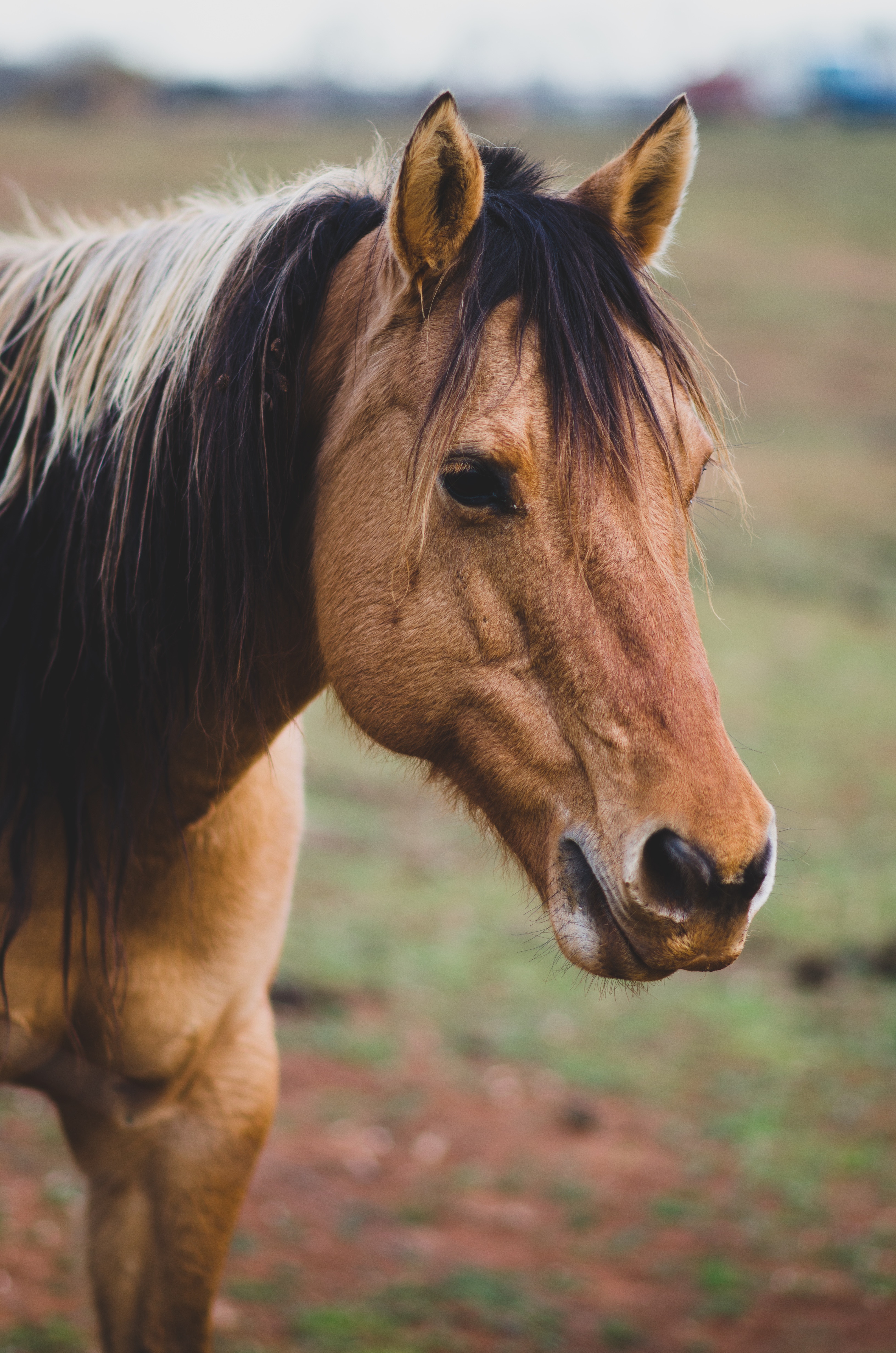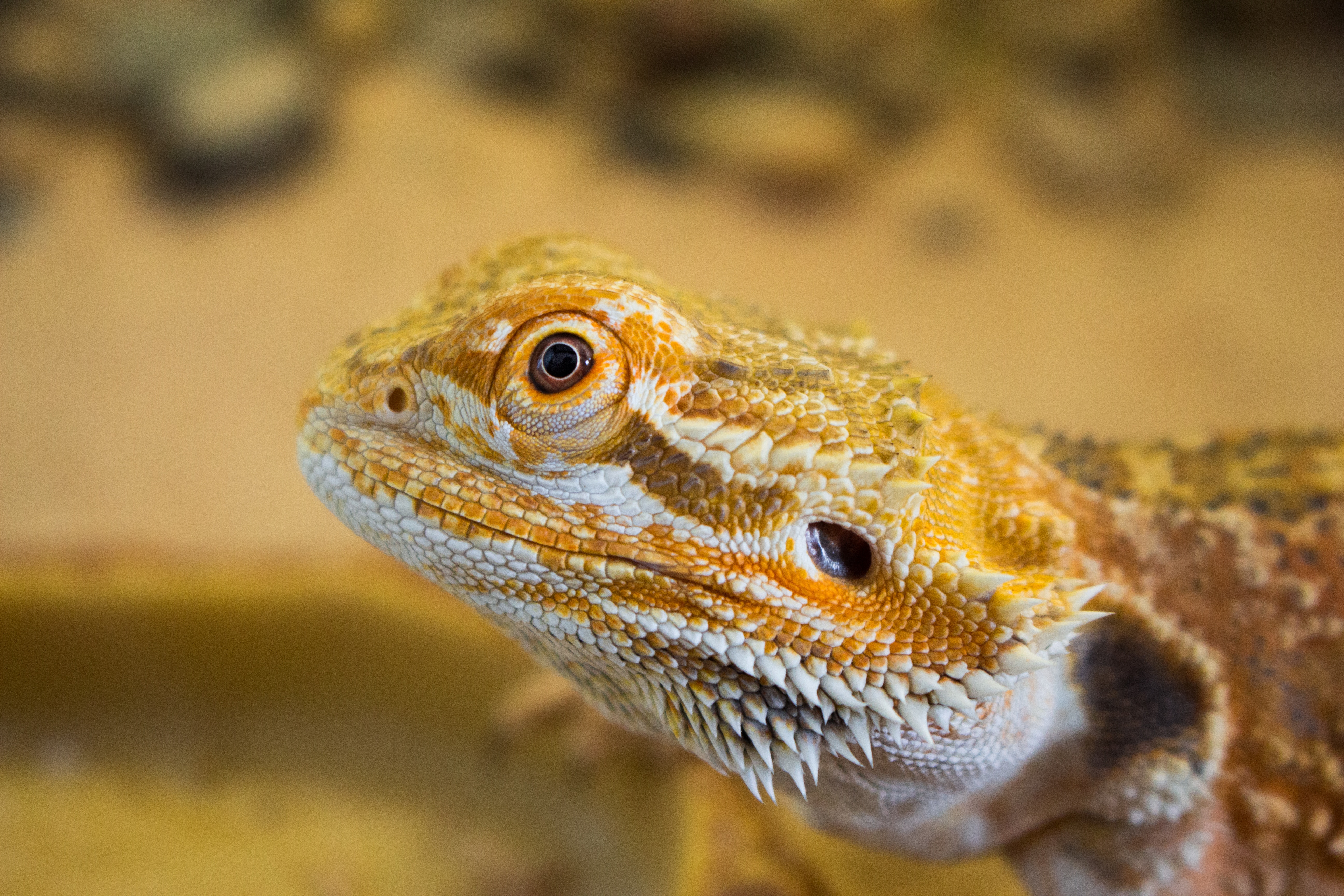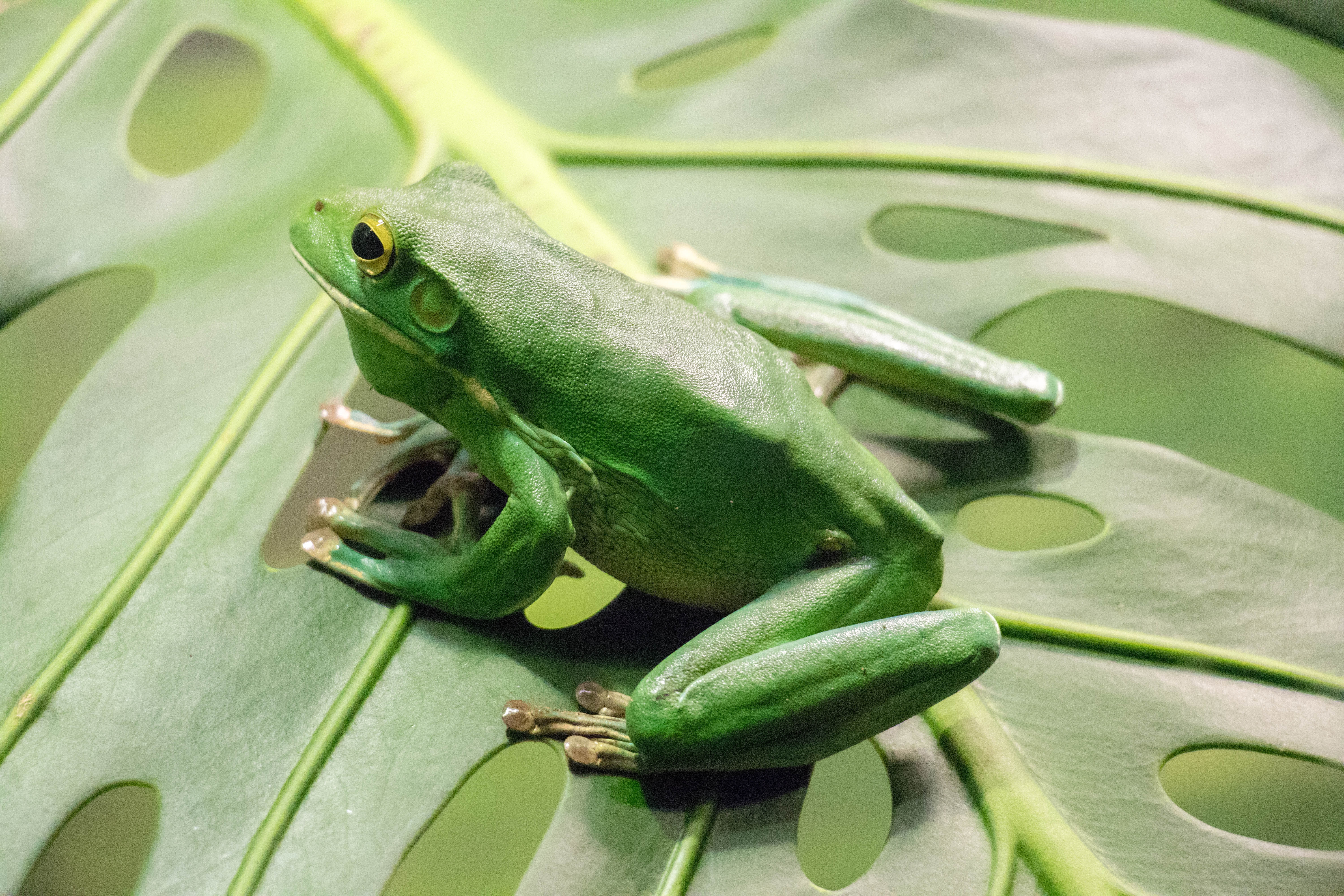Environment
A suitable living environment
Diet
A suitable diet
Behaviour
To be able to behave normally
Companionship
To have appropriate companionship
Health
To be protected from pain, suffering, injury and disease
1
Environment
A suitable living environment
2
Diet
A suitable diet
3
Behaviour
To be able to behave normally
4
Companionship
To have appropriate companionship
5
Health
To be protected from pain, suffering, injury and disease
Syrian hamsters like to climb and travel large distances so need the biggest cage you can budget for.
All other breeds of hamster require less height but plenty of floor space as they prefer to travel low to the ground than climb. As these hamsters are much smaller than Syrian hamsters, a cage that is marketed for Syrian hamsters may not be suitable for them as the spacing between the bars may not be small enough to prevent them from squeezing through and escaping. However, they are still very active animals so do buy a cage that provides them with plenty of space to move around in.
Avoid using sawdust or wood shavings that aren’t dust free for the base of the cage as these can cause breathing problems. There are many safe alternatives including cross shredded paper or card cubes, dust-free wood shavings or granulated corn-cob. Enrichment such as tunnels, ropes, children's old plastic toys, suitably sized wheels, ladders and hides are perfect - change it up regularly to keep the hamsters interested and active. If you do provide any plastic items monitor them closely for any signs of chewing and remove and replace them if damaged. Syrians like lots of enrichment to climb whereas the smaller breeds struggle to climb so will be more content with lower tunnels and hides.
Hamsters are omnivores and should be fed a well-balanced diet of mixed seeds, grains, a meat source (such as meal worms) and vegetable sources. There are several brands of good quality complete hamsters' foods available to buy. Scatter feed a small handful around the cage to encourage natural foraging behaviour.
Hamsters are nocturnal, preferring to be most active at night. In the wild Syrian hamsters can travel up to 5 miles in one night so are naturally very energetic. Provide them with plenty of things to do in their cage to keep them occupied, such as toys, hiding places and suitable items to chew. You may want to give your hamsters a wheel to run on - if you do, it should have a large diameter to prevent them running with a bent back which can lead to back problems; wheels intended for rats can be a good size for hamsters. Fit wheels close to the cage wall and buy ones that are made of a solid structure, with a non-slip running surface and are axel-free for your hamster’s safety. Hamsters also like to dig and burrow so give them lots of safe bedding materials to enable them to do this.
If socialised well, most hamsters can enjoy coming out to be handled and take treats from your hands. Always encourage children to sit on the floor when handling hamsters to avoid accidental falls and injuries - children should always be supervised when handling and interacting with hamsters.
As hamsters are nocturnal, sleeping during the day and being active in the evenings and overnight. It is best to interact with them during times when they are naturally awake. This could include socialising with them and playing.
Syrian and Chinese hamsters are fiercely territorial and should always be kept on their own. The roborovski does enjoy companionship of its own kind and can be kept in same sex pairs or small groups. The other breeds can in some cases enjoy living with a companion, however if they go on to fight, they will need separating and keeping in different cages to prevent injury.
If they are housed in poor conditions, fed inappropriate food or experience high stress levels, hamsters can suffer from a bacterial infection called wet tail. Signs of this include diarrhoea, a wet patch around the tail and an extreme foul smell. Often this is fatal although some can respond to antibiotics. Age related health concerns include slow weight loss, hair thinning, sleeping more and overgrown nails - your vet will be able to provide you with more advice about caring for your hamster as they get older.
Regularly check your hamster’s teeth and nails to ensure they aren’t damaged or overgrown. Again, speak to your vet if you have any concerns. Spend some time getting to know how your hamster normally behaves as this will help you spot when something isn’t quite right - changes in behaviour are often a sign that an animal isn’t well.
You should register your hamster with a vet who will be able to provide you with more advice on things like general health care. Some vets have more experience with hamsters than others.
Check before you buy
Please consider contacting your local animal rescue/rehoming centre
Many rescue centres who take in multi species rescue and rehome hamsters. All reputable rescue centres will have health checked and socialised each hamster prior to rehoming. The average fee is often the same as purchasing a hamster from another source, except hamsters from elsewhere will often not have had the above done and may come with considerable financial and emotional implications. Check out the charity links below for your nearest rescue centre with hamsters available for rehoming.
Ensure you are 100% confident that the hamster(s) is the correct gender that you have been advised it to be
If you are unsure, speak to your vet for further advice. Unexpected litters & accidental pregnancies are common with small pets as people don’t always ensure the sex of their new pets.
Spend plenty of time with the hamster to ensure their character will suit your family
Ask lots of questions – reputable establishments will be happy to answer these for you.
Always health check any hamster you intend to purchase prior to taking them home
Healthy hamsters should be:
- Alert & inquisitive
- Moving about without signs of discomfort
- Healthy looking coat with no hair loss
- Eyes bright
- Ears clear
- Clean nose
- No tail dampness
- Eating well without signs of discomfort
Common Scams
Unexpected litters are very common with small pets, so make sure you know the sexes of any hamsters you are buying and speak to your vet if you need further advice
Take the time to feel confident that you are taking on a hamster that is what it has been advertised as.


